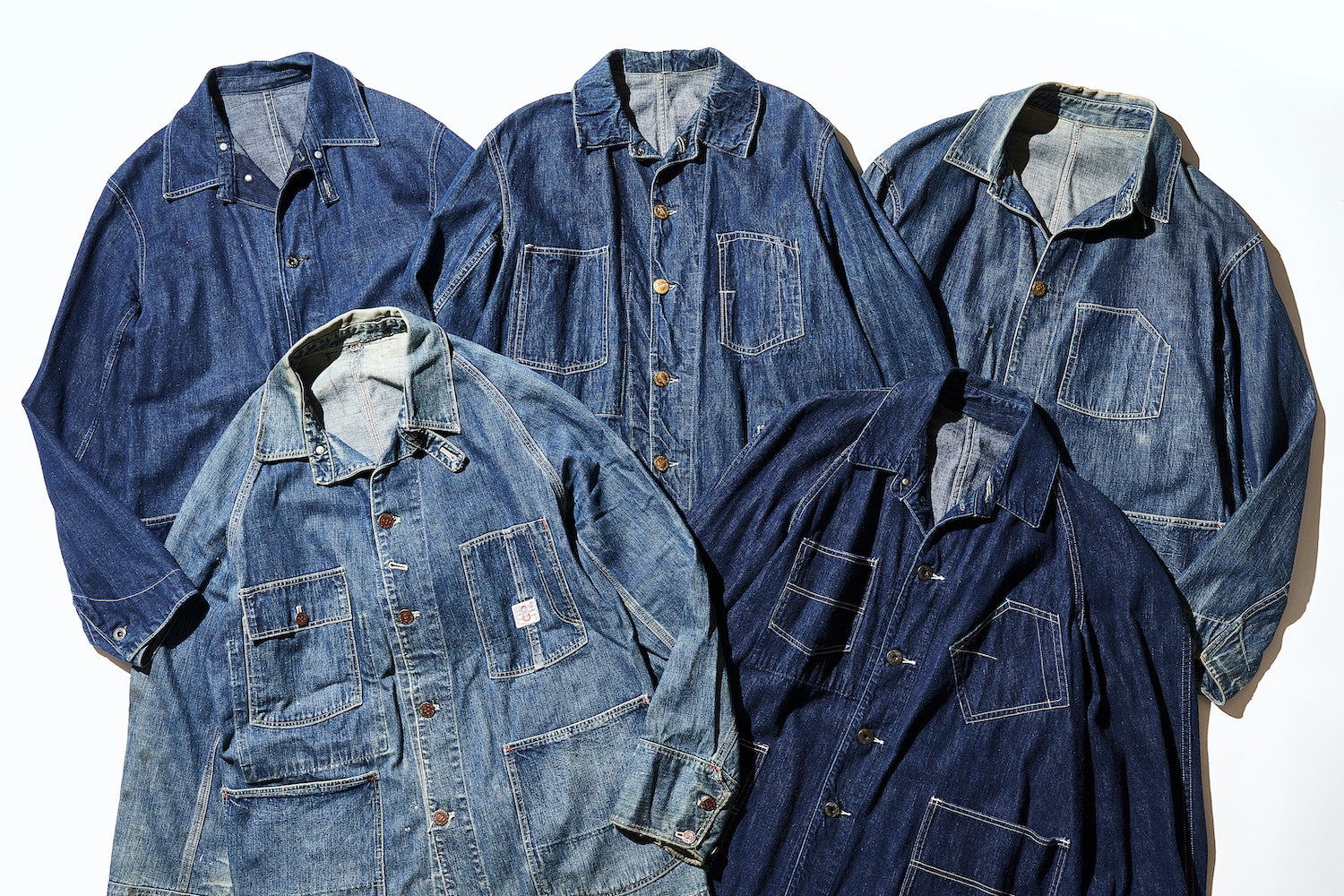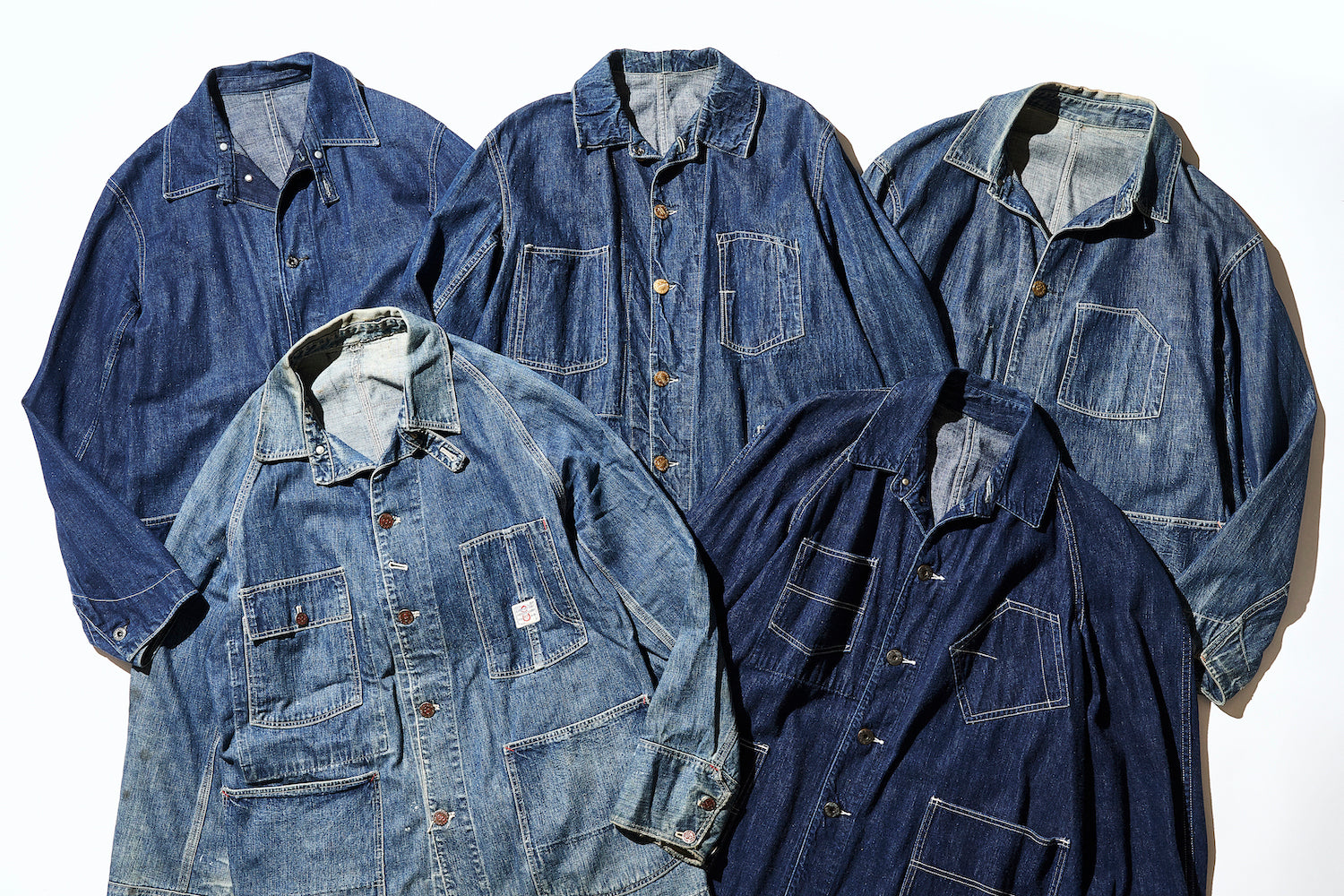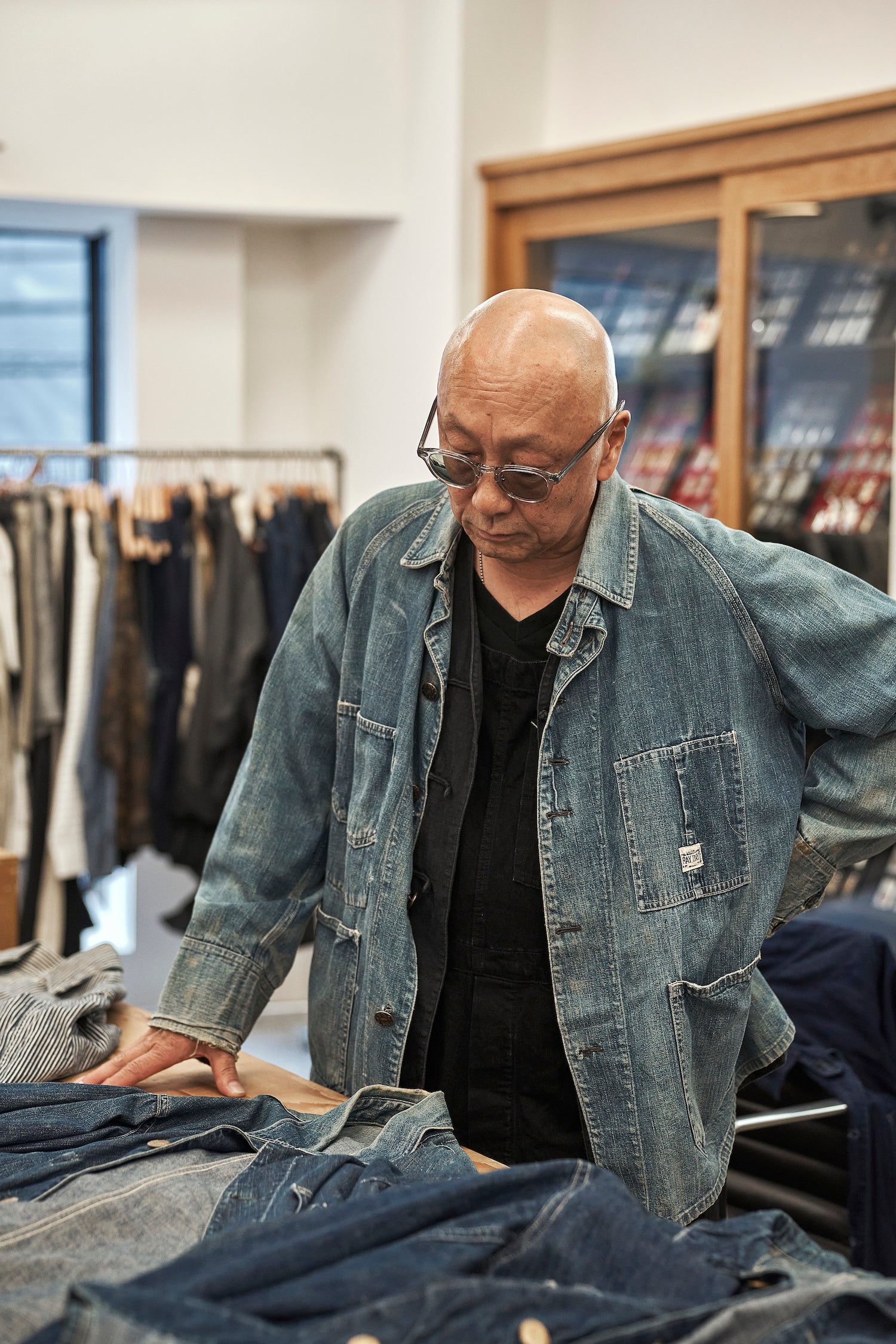Used Clothing Prep School
Lecture 3: The world of US coveralls, which has evolved in sync with the powerful America.
Lecturer: Takeshi Obuchi

















